Test System and Methodology
| Test System Specs | ||||
| Mainboard | Gigabyte X670E AORUS Master Bios Version F10a |
|||
| CPU | Ryzen 9 7950X3D | |||
| GPU | Galax GeForce RTX 4060 EX | |||
| NVMe | XPG GAMMIX S50 Lite 1TB | |||
| RAM | XPG Lancer DDR5 (2 x 16GB) 6000MHz | |||
| Power Supply | EVGA SuperNOVA 1000 G7 | |||
| CPU Cooler | NH-D15S chromax.black | |||
| Case | What is under test! | |||
| Ambient Temperature | 25°C ±0.1°C | |||
| Drivers | AMD Chipset: 5.11.02.217 AMD Adrenalin: 24.2.1 NVIDIA: 551.76 |
|||
Noise Damping & Output Measurements Methodology
We use a Class 1 Bruel & Kjaer 2270 G4 sound analyzer equipped with a Type 4955a microphone with a dBA-weighted dynamic range of below 6 dBA and up to 110 dBA. All tests are conducted inside a hemi-anechoic chamber with a noise floor close to 6 dBA and an ambient temperature of 25–28 °C. The test subject is placed a meter from the sound analyzer. Before we start the measurements, we calibrate the sound meter using the Bruel & Kjaer Sound Calibrator Type 4231.
Noise Damping Test Procedure
We place a speaker in the measuring position and measure its intensity at frequencies ranging from 100 Hz to 20 kHz. We also measure the Chirp signal, as well as pink and White noise. We use the above measurements to reference the speaker’s volume in an open-air setting.
To ensure the same conditions are present in each measurement, we install the chassis vertically in the chamber with the microphone in the intended position. Next, we install the speaker we measured in an open field inside the chassis. We place it close to the side where the microphone points, without touching the side panel. At the same time, we pay close attention to having the speaker as close as possible to the chassis floor (see photo below).
Noise Output Test Procedure
We utilize Corsair’s Commander Pro to control the chassis fans, utilizing custom software developed by Aris. Additionally, the Commander Pro is driven by a passively operating system that doesn’t affect the chamber’s noise floor. The software allows for precise fan speed adjustments in both RPM and percentage. Hence, we can set a portion of the speed individually for each fan. For example, in a fan with a maximum speed of 1000 RPM, if we put the speed to 50%, the fan will rotate at 500 RPM (±1%). We measure the noise produced by the fans at 40%, 50%, 60%, 70%, 75%, 80%, 90%, and 100% of their maximum speed. Next, we adjust the fan speed by reversing the logic of the measurements to achieve noise outputs of 35, 30, and 25 dBA. We write down, of course, the corresponding speeds.
The last noise measurement deals with the graphics card. We use a Galax RTX 4060 EX graphics card in all builds. In this test, we activate the system, install it in the chassis, and turn off all fans except those used by the CPU and GPU cooling systems. We keep the CPU’s fan speed at the lowest setting to avoid altering the measurements and adjust the speed of the GPU fans to 40%, 50%, 60%, 70%, 75%, 80%, 90%, and 100% while measuring and logging the noise output.
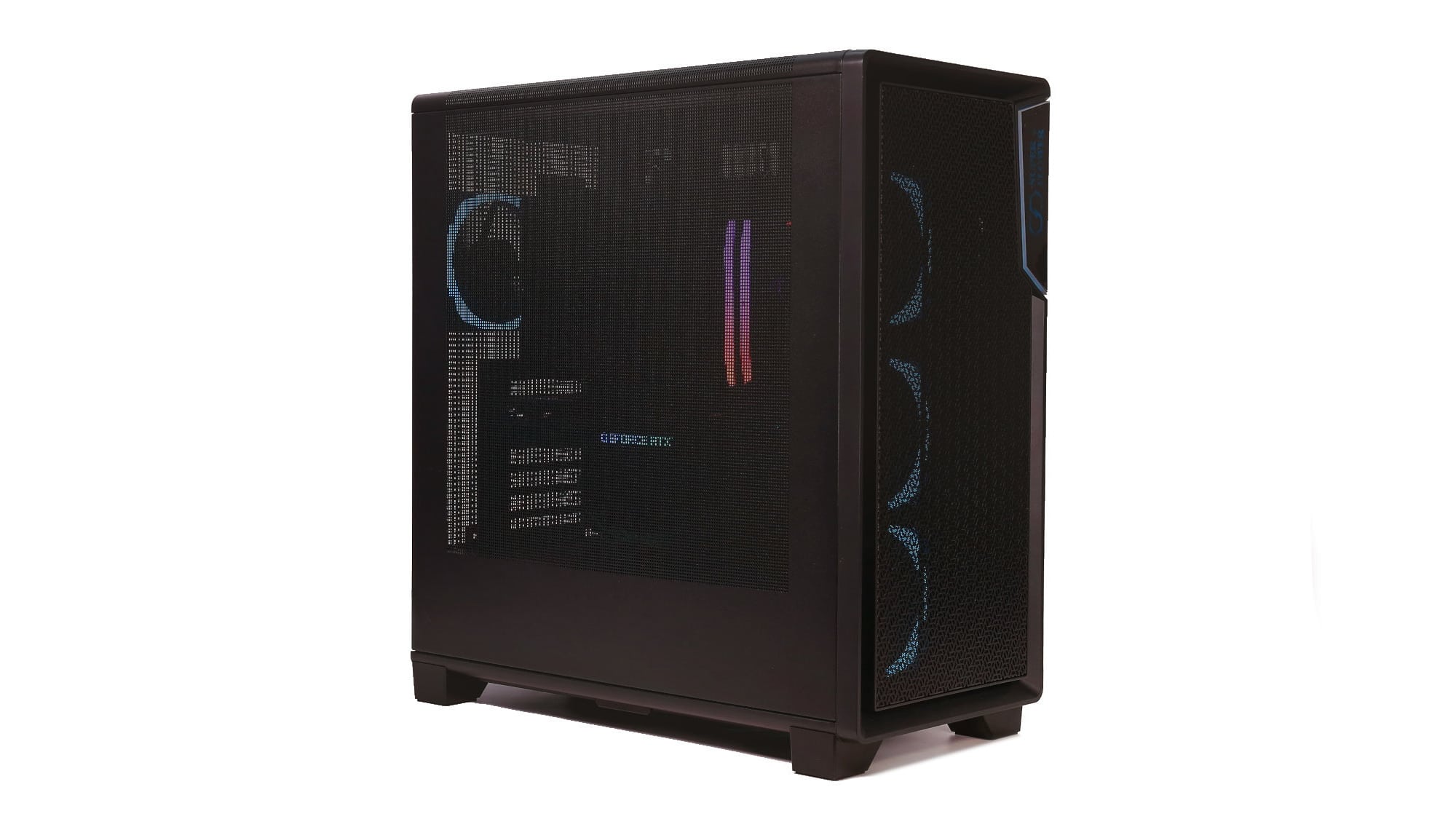
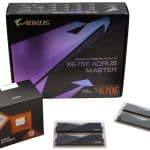
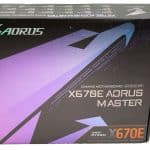
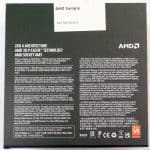
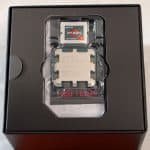

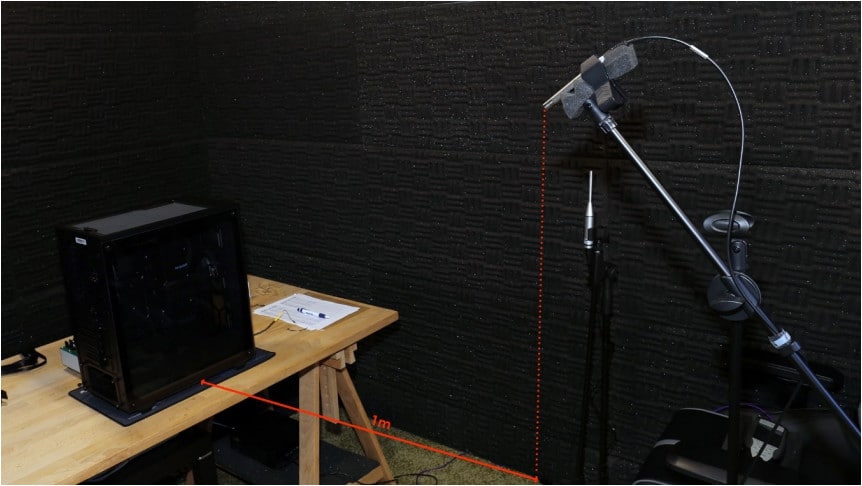
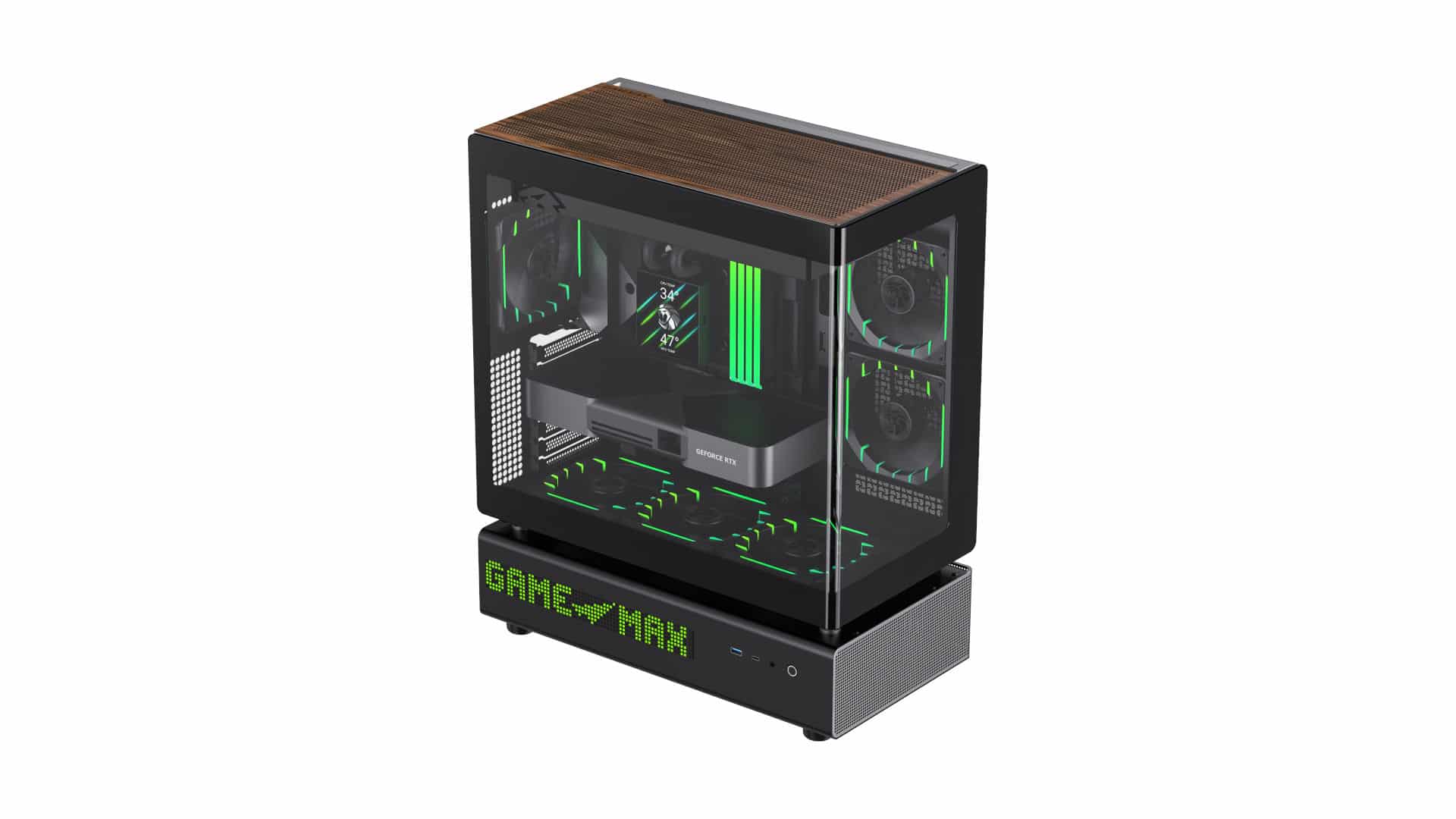
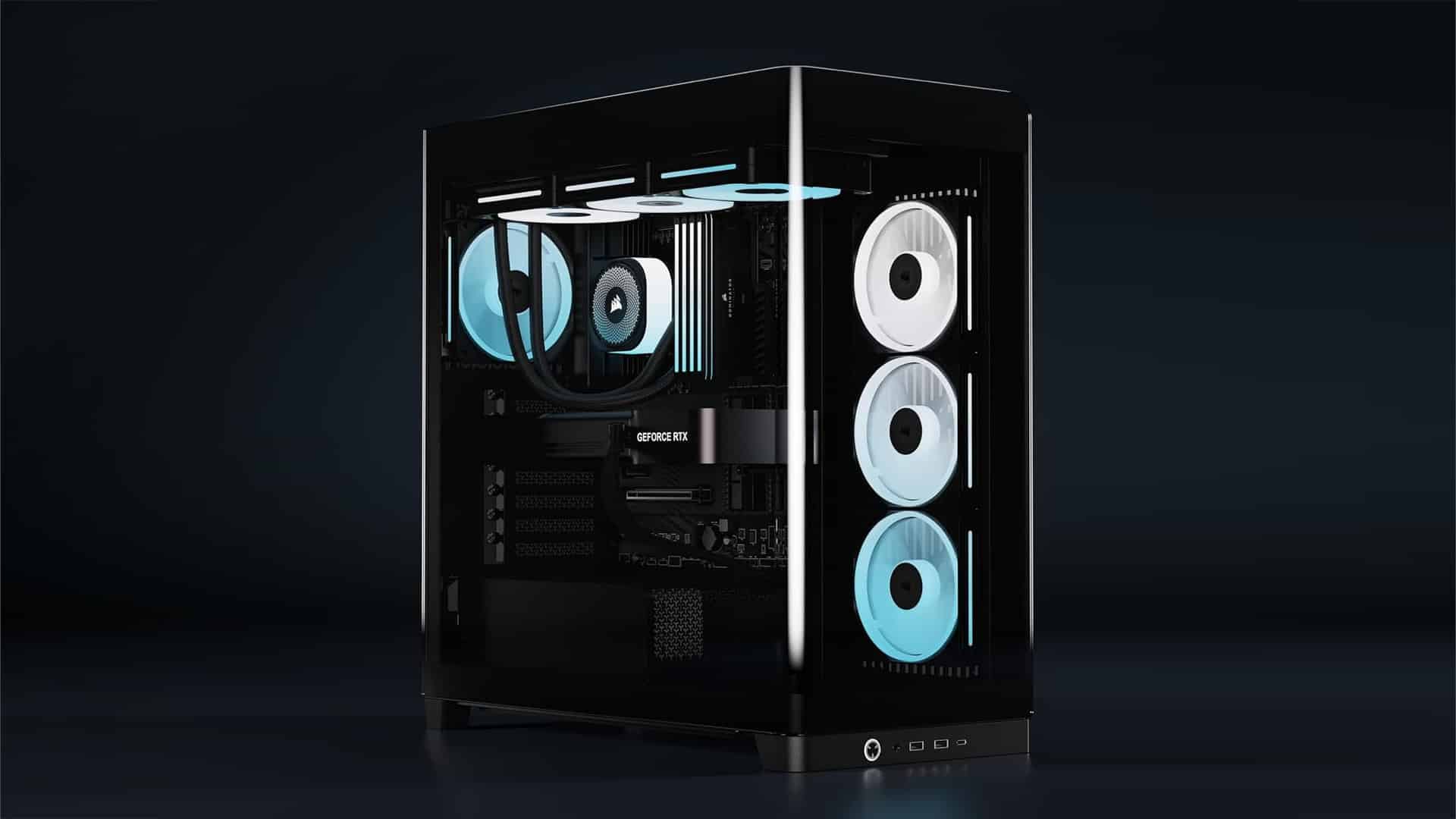
This is actually a cool case. The mesh side panel is a good compromise on displaying your parts and airflow. Too bad Superflower does not have a wide presence in my country and as such their cases and power supplies are rarely available.
Since the start of this year, you have been focusing primarily on the sound characteristics of PC cases. Although, this case is the worst in the noise damping and even “outperform” XPG Invader X Mini :o, has no mention about this finding in the negatives. This result looks like the case is a high frequency amplifier (from 5 to 9 kHz) …so someone who has a problem with coil whine should avoid it. Don’t you think? 😉
…
note: Links to chapters 3 and 4 are mixed up 😉
thank you! We will check them.
Thank you for taking the time to read our review! We’ve taken your feedback into account and have updated the article to include a note about the case’s noise-damping performance.
While perforated side panels generally offer inferior noise damping compared to glass panels, it’s also worth highlighting the surprisingly good acoustic performance of the stock fans, something we don’t see very often.
👍
–“…While perforated side panels generally offer inferior noise damping compared to glass panels…”
Yes, I know 😉 … though, the benefit of a mesh side panel for temperatures and airflow pattern can be negligible to undetectable 😉
Maybe, even counterproductive in high-pressure scenarios…what can’t be said about the sound 🙂
https://youtu.be/aQHKCjuYTVQ?t=1083
https://youtu.be/Aor-3v6N7i8?t=1190
…not even talking about dust maintenance 😀